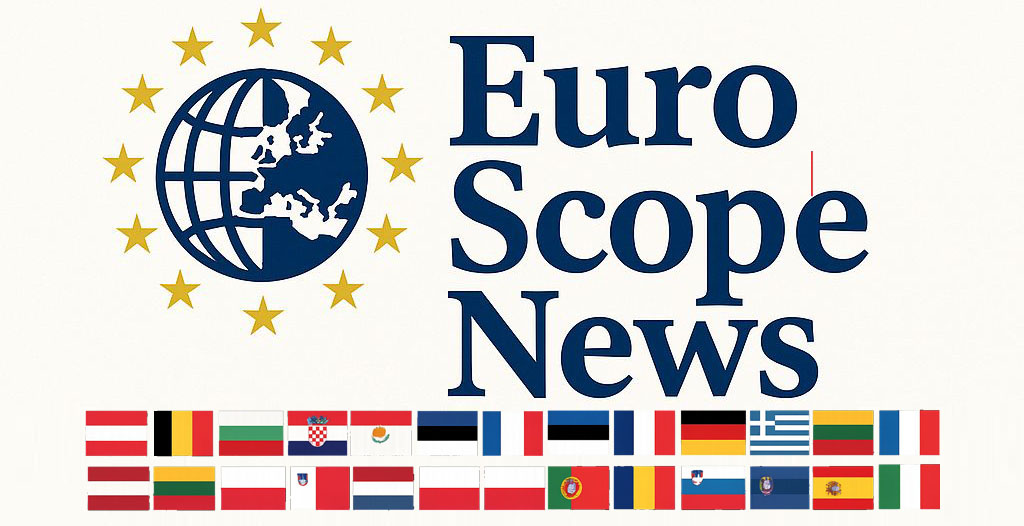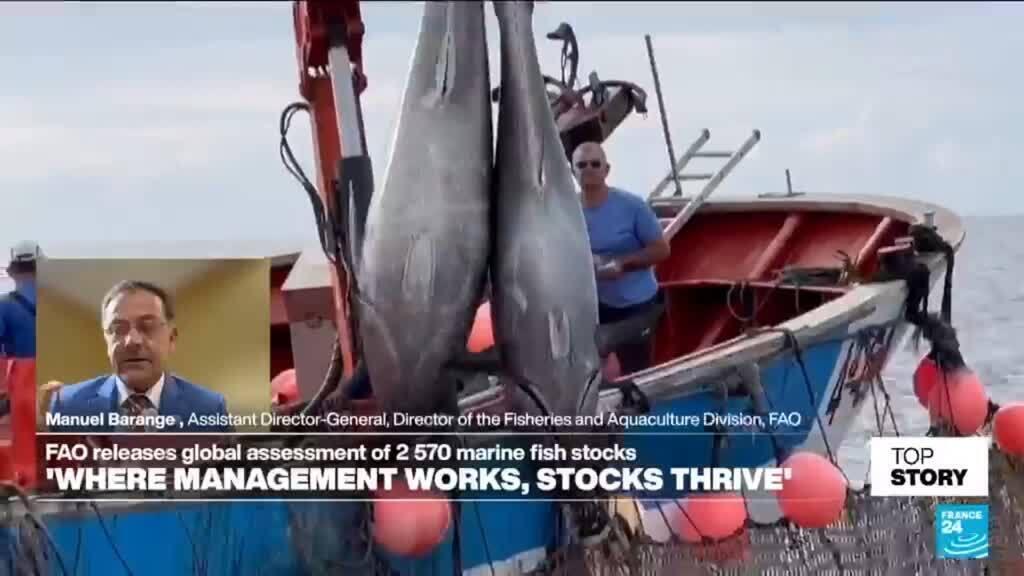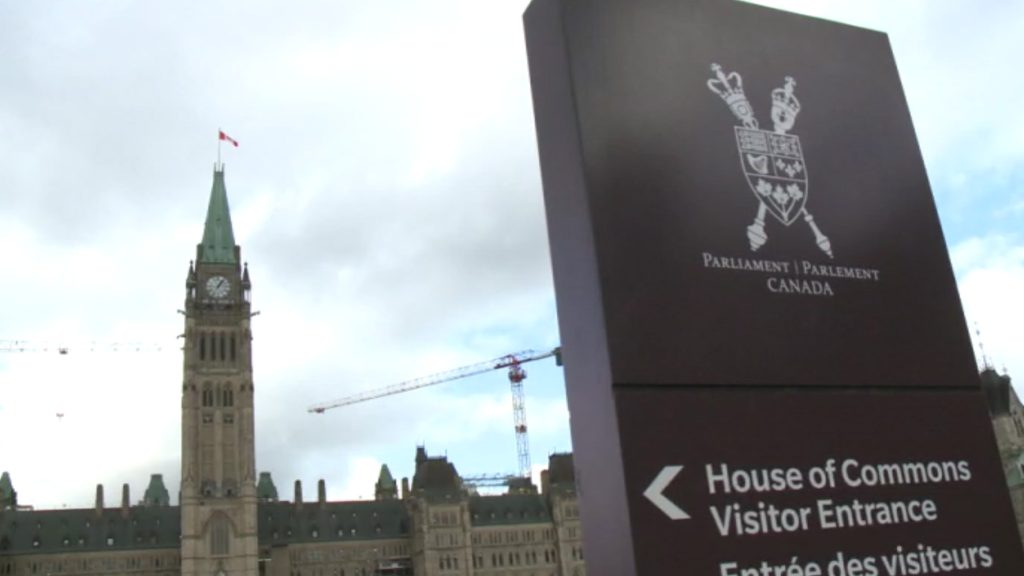High Seas Treaty: Advancements for Marine Protection
The high seas treaty, designed to protect marine life in the vast ocean areas that are not owned by any nation, has the potential to become law by the end of this year. This groundbreaking agreement was adopted by United Nations member states in June 2023, marking a significant step forward in international marine conservation efforts. As of now, the treaty has been ratified by 49 nations in addition to the European Union, according to the UN's latest updates.
The treaty stipulates that it will come into force 120 days after it receives its 60th ratification. This mechanism ensures a prompt implementation of the treaty's provisions, aimed at safeguarding delicate marine ecosystems. Marine areas that fall under the treaty's scope will be subject to regulations concerning various activities, including transportation and fishing, which have historically posed threats to ocean health.
To gain a deeper understanding of the implications of this treaty, FRANCE 24's François Picard engages in an insightful discussion with Manuel Barange, who is a biologist and serves as the Assistant Director General of the Food and Agriculture Organization of the United Nations. Barange also oversees the organization’s Fisheries and Aquaculture Division, granting him a unique perspective on the importance of this treaty for marine biodiversity and sustainable fishing practices.
The high seas cover nearly two-thirds of the ocean and are home to a plethora of marine species, many of which are endangered or threatened by human activities. These areas have largely remained unregulated, leading to overfishing, habitat destruction, and pollution. The new treaty aims to address these issues by establishing a legal framework that promotes conservation measures and the sustainable use of marine resources.
In addition to the immediate focus on fishing regulations, the treaty also aims to facilitate the creation of marine protected areas (MPAs) in international waters. These MPAs will serve as safe havens for marine life, allowing ecosystems to recover and thrive. The preservation of biodiversity in these regions is crucial not only for marine species but also for the overall health of the planet, considering the oceans' role in carbon sequestration and climate regulation.
The successful ratification of this treaty represents a potential turning point in global environmental governance. It reflects an increasing recognition among nations of the need for collaborative efforts to confront the multifaceted challenges that oceans face today. Countries around the world are expected to work together to implement the treaty's provisions effectively, which may include monitoring and enforcement mechanisms to ensure compliance with new regulations.
As the deadline for the 60th ratification approaches, the international community is closely watching the developments regarding the treaty's adoption. Environmental groups, researchers, and policymakers are hopeful that this treaty will not only enhance the protection of marine ecosystems but also foster greater cooperation among nations in marine stewardship.
Ultimately, the high seas treaty embodies a collective commitment to preserving our oceans for future generations. As discussions continue and further nations consider the importance of their participation, the urgency of addressing the threats to our oceans has never been more evident. The next steps toward enforcement and compliance will be critical in determining the treaty's success in achieving its ambitious goals.












